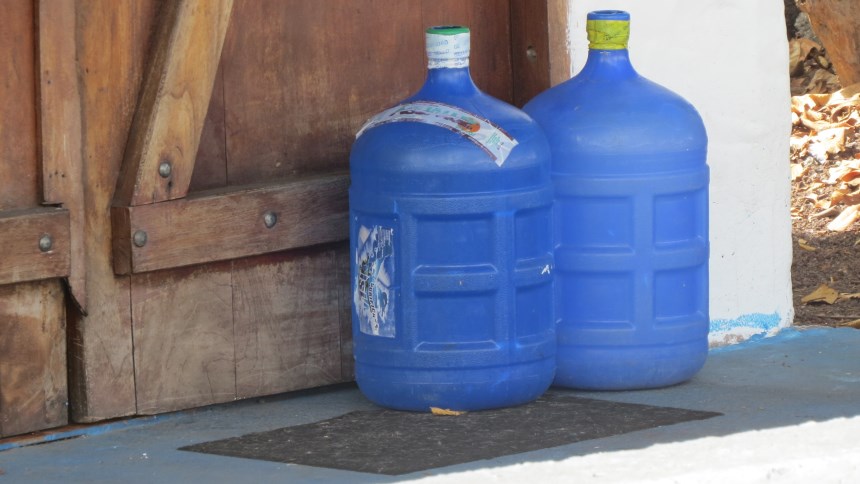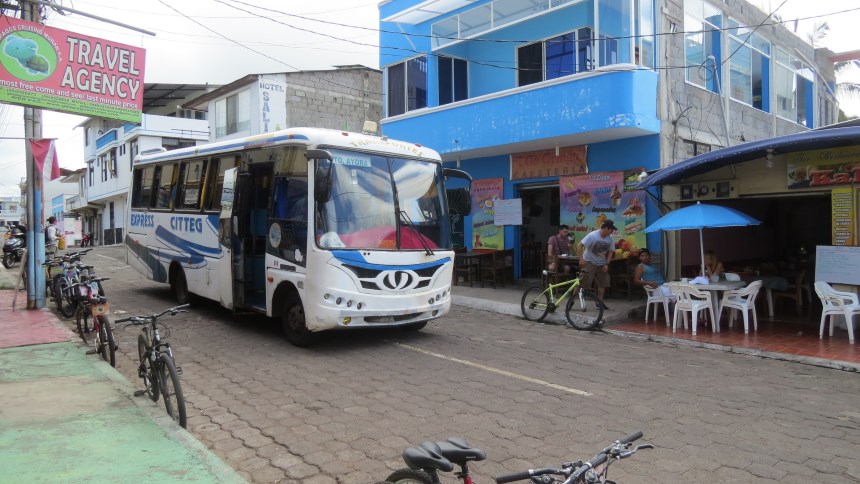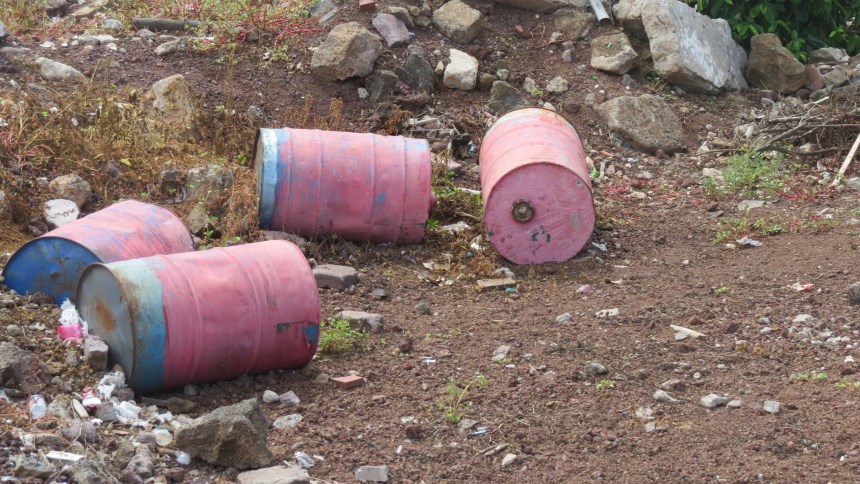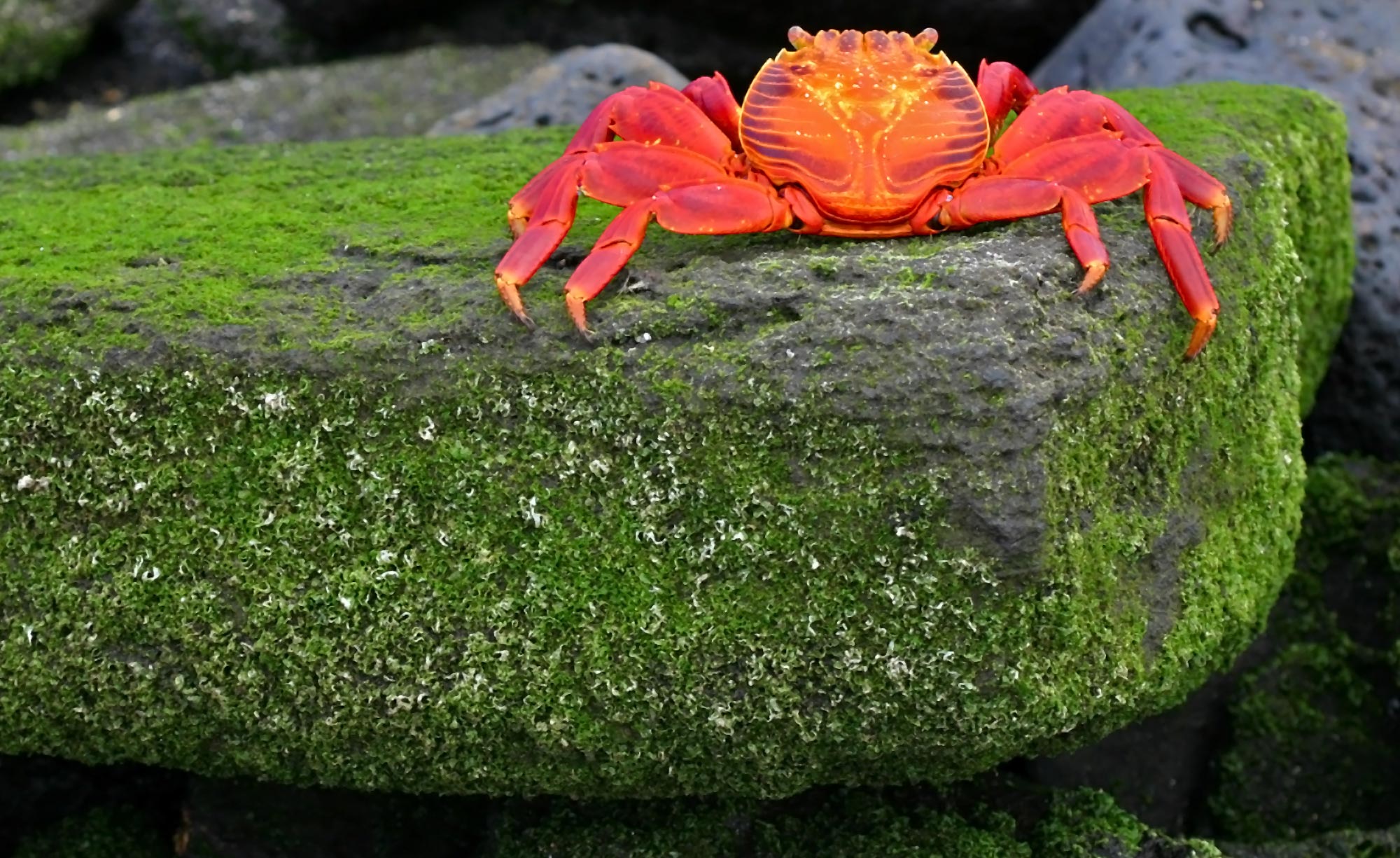A higher population means a higher demand for food, water, natural resources and space. The consumption of these resources also results in the creation of a large amount of waste that can affect the environment significantly without careful management.
What problems come with the increasing population?
Food
Due to the size of the protected areas on the Galapagos Islands’ little land is used for farming using heavy machinery and chemicals, with pesticides being forbidden. This means it can be difficult to make a living from farming and few young people in the Islands see it as a good career choice. Equally, restrictions on fishing, designed to protect the seas’ biodiversity and reduce the level of overfishing create difficulties for families who rely on the practice for their income.
Therefore not much food is actually grown on the islands themselves and a lot of food is imported to there from mainland Ecuador, around 1,100 crates of food and drink a day. This makes it more expensive to buy and adds uses more energy to transport the food, making this food environmentally unsustainable.
Water
Larger populations also put pressure on water supplies. Floreana and Isabela Islands have to import their drinking water and ground water supplies, asin all the islands are contaminated with household waste water. There is a heavy reliance on rainwater, making the islands increasingly vulnerable to droughts as the numbers of people needing a supply increases.

A reliance on imported water means that there could be serious issues if transport is affected © Galapagos Conservation Trust
Space
As the population of the Islands increases the amount of houses and public services, such as schools and medical centres, needed also increases. The quarries that supply building stone are growing at a fast rate, weakening the grounds stability and permanently removing plant cover. In addition, the areas around the Granillo Negro and Granillo Roja stone mines on Santa Cruz have been flattened to allow for heavy vehicle access. The area closest to the bay on the island has also been flattened and little of the area’s original vegetation remains in place as new buildings are squeezed into every block. Further back from the sea front, buildings are getting taller as the limitations on space leave people no choice but to build upwards, despite the National Park putting official height restrictions in place.

A growing population means an increasing need for housing © Galapagos Conservation Trust
Waste Management
An increasing population on Santa Cruz also generates increasing levels of waste – around ten tonnes a day. There are currently skills-shortages across the Islands when it comes to managing this much rubbish, and they do not have the resources to address the problem. There are no formal landfill sites so rubbish is dumped and then burnt, even if it is poisonous to do so. This means ground water can become contaminated and the sites can be overrun with vermin that endanger the local wildlife populations.

Waste management issues on the Islands mean that sometimes rubbish is dumped illegally © Galapagos Conservation Trust
Previous: A Sustainable Galapagos – Population, Growth and Land Zoning



